Gardeners, gardeners and lovers of indoor flowers are well aware of aphids, a pest of cultivated and ornamental plants. This is a small insect that parasitizes the leaves and stems of plants, sucking the juice from them using a long proboscis. Through their vital activity, aphids are extremely harmful to crops and transmit dangerous viruses.
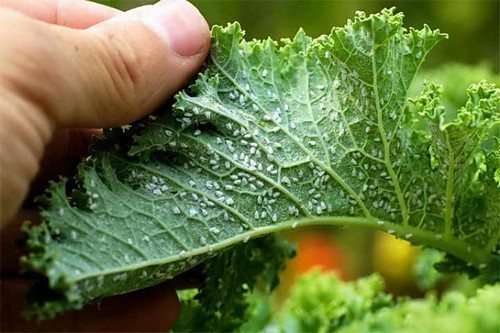
What is known about these pests:
- they prefer some plants and dislike others;
- the larvae survive the winter calmly;
- multiply rapidly, creating entire colonies;
- winged forms easily move long distances.
How to defeat aphids using folk remedies?
Toxic aphid chemicals may be partially absorbed by vegetable and fruit crops during treatment. That is why many people prefer effective and affordable folk methods that do not harm the harvest. What recipes give good results?
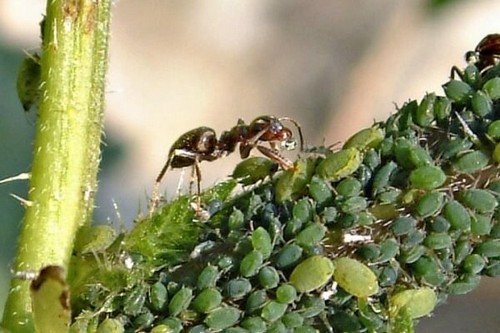
Recipe 1: biological weapon
Ants are almost always found near aphids. It is wrong to think that ants eat aphids and help people fight them.
Quite the opposite: ants breed aphids the same way people breed cows or sheep. They protect their “herds” and promote their reproduction. The sweet juice that these pests secrete is a favorite treat of ants.
- Get rid of anthills.
It is necessary to destroy anthills on the site, destroying them, pouring boiling water and vinegar on them, and setting baits and traps.Wrapping the trunks with sticky tape helps a lot to save fruit trees from ants. Ants cannot crawl onto trees themselves and do not carry aphids onto them.
- Breed ladybugs.
The one that really fights aphids is the ladybug. One ladybug can eat up to 9,000 pests in a season! You can bring these beneficial insects to your site. Planting yarrow, marigolds and cornflowers in your garden will attract ladybugs. In order for them to remain next year, it is better to leave them places for wintering with fallen leaves.
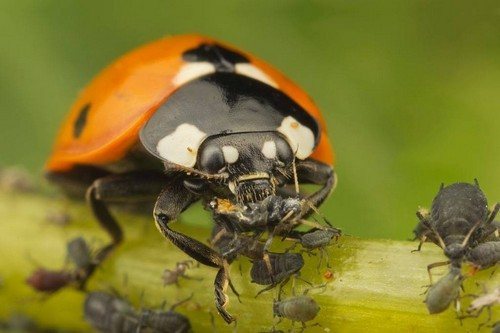
Recipe 2: plants against aphids
Aphids do not like strong odors and bitterness. If you plant certain types of plants near garden beds, fruit trees and bushes, there will be much less pests.
Conversely, some types of flowers and trees attract pests. Get rid of them to permanently reduce the aphid population in your garden.
| Plants that aphids don't like | Plants that Attract Aphids |
| marigolds, lavender, fennel, garlic, onion, coriander, basil | Bird cherry, linden, viburnum, petunia, poppy, begonia |
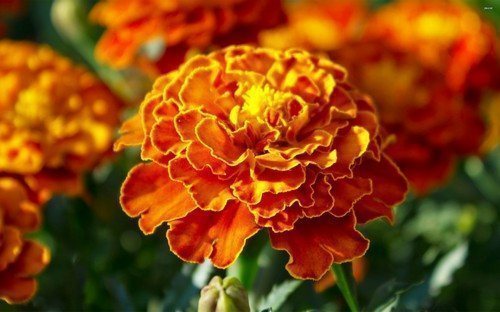
Recipe 3: phyto solutions for spraying
Herbs and fruits with a pungent odor are used to prepare a liquid that is sprayed on the affected leaves and shoots.
- Garlic solution: add 15 cloves of garlic per liter of water, leave for 3-5 days.
- Onion solution: pour 30-40 grams of chopped onion into 1 liter of water and leave for 6 hours.
- Chamomile solution: leave 150-200 grams of dry herbs and inflorescences in 1 liter of water for 12 hours.
- Citrus solution: keep 100 grams of orange or tangerine peels in a liter of water for 3 days.
- Pepper solution: soak 300 grams of dried hot peppers in 10 liters of water for 24 hours.
Spray diseased plants generously, in the evening, in windless weather. Repeat the treatment until the aphids are completely destroyed.
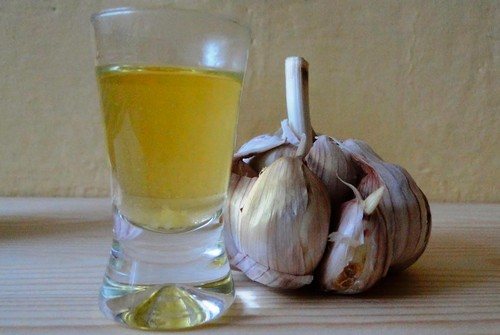
Recipe 4: non-plant solutions
- You can spray parasites not only with plant infusions, but also with other means. Laundry soap, wood ash and alcohol are excellent insect repellents.
- Laundry soap solution: grate a large bar of soap and dissolve in a bucket of water.
Ash solution: stir 300 grams of ash in a bucket of water.
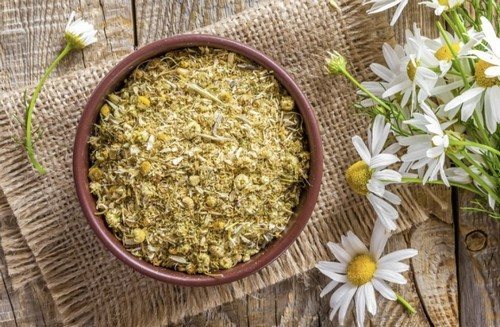


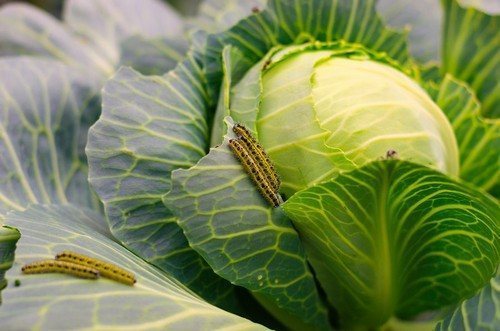
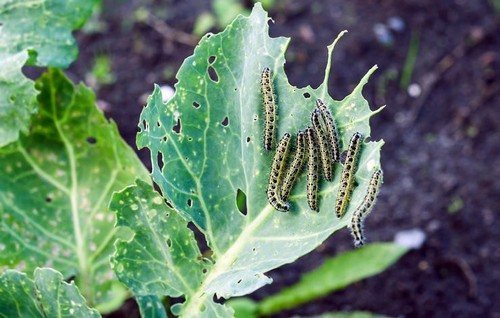
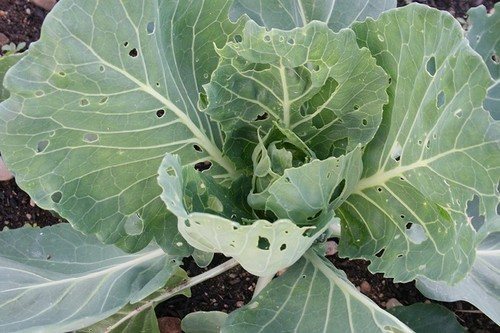

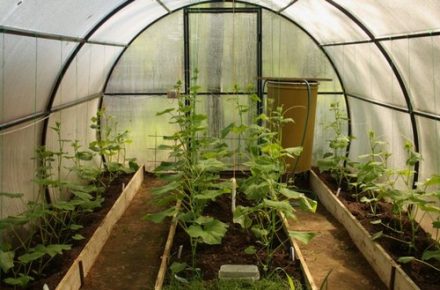
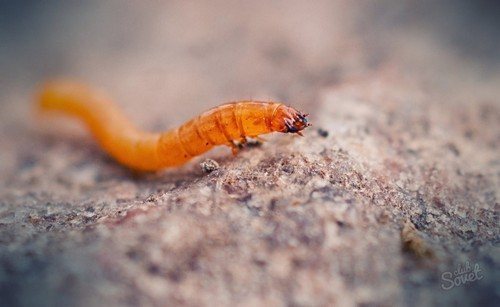
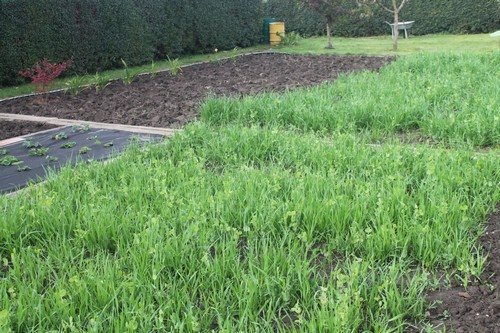
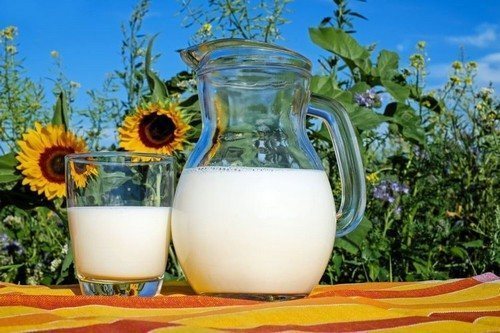
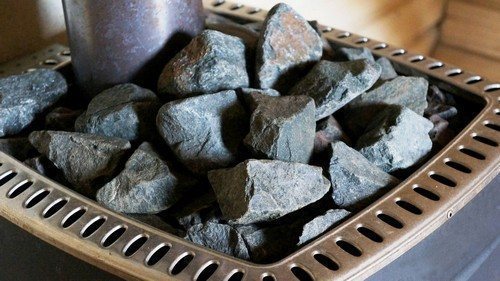
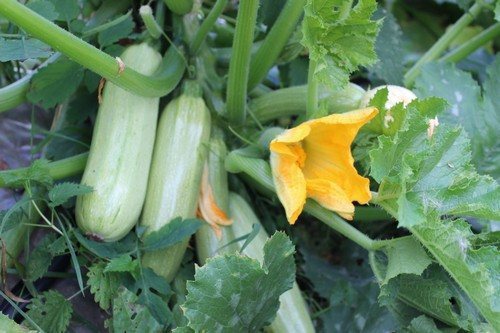
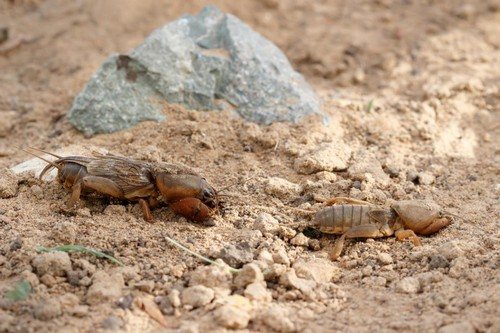
Sick plants should be sprayed generously, in the evening, in calm weather. Repeat the treatment until the aphids are completely destroyed.
Recipe 4: solutions of non-plant origin You can spray not only herbal infusions on parasites, but also other means. Laundry soap, wood ash and alcohol are excellent repels for insects.
Laundry soap solution: rub a large piece of soap and dissolve it in a bucket of water. Ash solution: stir 300 grams of ash in a bucket of water.
Recipe 5: Pollination